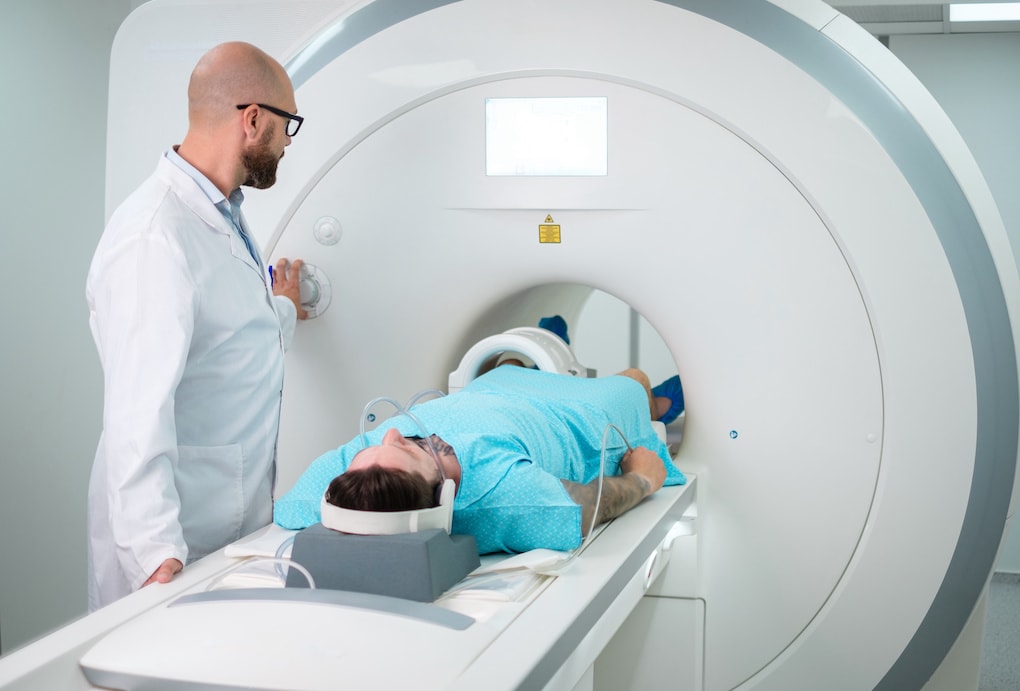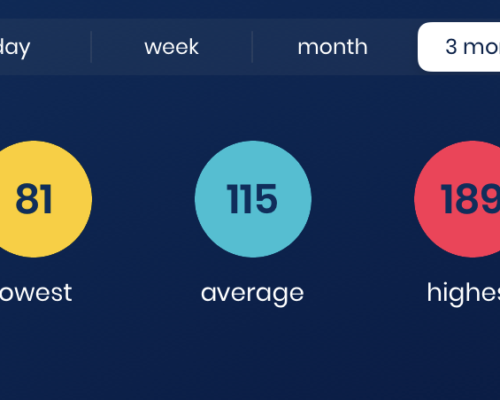Medical industries are changing at a rapid pace, with innovations coming out almost every day. One of the most critical changes in healthcare is the rise of artificial intelligence, which will affect everything from patient diagnosis to medical billing. The future of healthcare also includes more personalized care and an emphasis on preventative measures for diseases like diabetes, hypertension, and depression.
Employers must stay up-to-date with these trends to be prepared when it comes time to offer coverage in 2022. Here are some of the most common healthcare trends to watch for in the coming year.
Table of Contents
Artificial Intelligence and Automation Healthcare Trends
AI, automation, and machine learning have taken a stronghold on many healthcare processes and have helped improve how people get and maintain care. For example, AI has helped improve accuracy, speed, and innovative technology to aid doctors and nurses in their day-to-day care for patients. This allows more patients to receive quality care than ever before.
Some trends in AI to watch for include:
Real-Time Data Analytics
Large healthcare organizations are leveraging real-time data to manage the care process. AI software platforms can integrate systems engineering, predictive analytics, and problem-solving to regulate patient flow in and out of the healthcare system while maintaining clinical quality, safety, and patient satisfaction. In addition to developing next-generation applications that support caregivers on multiple platforms.
Administrative Productivity
Nonclinical offices and support staff manage many tedious tasks that have been incredibly improved by using AI. Things like medical billing, coding, data collection, and quality control can utilize machine learning for scanning for accuracy, file paper documents as digital documents, and even suggest diagnostic codes based on their symptoms and conditions. It has helped improve productivity significantly and ensures even more accuracy in medical records.
Improved Efficiency in Radiology
AI in radiology is revolutionizing the field with solutions to minimize duplicate tasks, eliminate bias-based reading mistakes, spot data patterns in images to predict risk and improve workflow procedures.
Using innovative digital imaging solutions, GE Healthcare partnered with Intel to enhance patient care and reduce hospital and health systems costs. With image quality, performance, safety, and pharmaceutical management solutions combined, the organizations predict that their solutions will provide greater hospital efficiency through improved asset efficiency, reduced patient risk, and dosage exposure.
AI-Based Applications
Many AI applications have been coming out in recent years, such as glucose meter apps for continuous glucose level readings for diabetics and healthcare apps to monitor exercise and steps per day. But one company, Alivecor, developed an AI-driven app that works with people’s ECG monitors and can predict heart rhythm abnormalities. This app is incredibly innovative and is a massive step towards people with heart conditions managing their disease and safely living their lives without fear.
Virtual On-Demand Care
Virtual on-demand care is a newer way for people to receive the healthcare they need, particularly for not requiring an in-person visit. This can be anything from medical advice over video chat or diagnosis and treatment of non-emergency conditions like a skin rash or chronic UTIs. Virtual doctors are also coming out with apps to help people monitor their health better, provide medical advice in case of emergencies or concerns about specific symptoms, and even create personalized care plans for patients. And as of 2020, 42 U.S. states now require telehealth coverage on payer plans.
Virtual Care is revolutionary because it allows doctors to interact with anyone who needs them instantly while also minimizing the cost of healthcare overall. This way, visits are only needed when necessary, which saves the patient and insurance company money. And patients can still receive same-day antibiotics or prescriptions sent to their pharmacy without having to go to urgent care or schedule an appointment.
Personalized Care
To piggyback off of virtual care, care is also becoming more personalized. Because of the immense number of doctors and patients, there is a huge need to combat misdiagnosis and create more personalized care plans for each patient that consider their age, gender, ethnicity, etc. This allows physicians to really hone in on what treatments or therapies will work best with specific individuals, which reduces costs overall and improves health outcomes.
According to a 2020 poll of health care consumers, getting personal attention, whether online or in-person, is the greatest feature of an “ideal” healthcare encounter. Patients value it if doctors pay attention, demonstrate concern, and speak clearly while also listening to patient needs and concerns and addressing those directly.
Mental Health Becoming Top Priority
Mental health has been in the spotlight for the past few years, but it continues to take people fighting to treat it as a real medical issue. More and more people realize the link between mental health and physical health and how important it is to take care of both. A new study showed that prescribing antidepressants reduces doctor’s visits for those patients, saving money on healthcare overall without losing patient satisfaction or quality of life.
New Ways to Manage Chronic Disease
An estimated 120 million Americans suffer from chronic disease. Managing this population and their care is a huge challenge for doctors, but new ways are emerging to help patients manage their conditions better while also reducing costs. One way Pops helps people do just that with diabetes management is by assisting with a person’s continuous glucose monitor data to help them better understand their health history and make adjustments to improve it.
You may also see more and more holistic trends for managing chronic disease. With more states legalizing marijuana, there may be a move away from pain medication and more towards more natural pain and disease management methods such as diet, exercise, supplements, and legal non-pharmaceutical medications.
Focus on Social Determinants of Health (SDOH)
It is not enough to only treat patients for their conditions, but they should be treated holistically with all lifestyle and environmental factors being considered. SDOH refers to the social and economic factors that influence individual health, including housing, education, food supply/security, income security/poverty levels (or lack of), employment status, or workplace policies on leave policies like paid sick days.
This focus on SDOH can help boost the treatment of mental disorders and other health issues that affect people’s everyday lives. If we learned anything in the last year of a pandemic, it’s that environmental and social factors can absolutely affect our mental and physical health more than we ever thought.
Payer Shifts
This has been a hot topic for years now but is starting to gain momentum again as more people enroll in high deductible health plans. Payer shifts refer to changes that will happen with payers or insurance companies, i.e., the government, employers, etc., which could affect how you access healthcare day-to-day.
Rising costs are expected to continue, but the good news is that they are at least slowing down. A recent survey showed an increase of only three percent for private payers, which is still high but better than the five percent yearly increases over the last few years. Many attribute this change to more people embracing their health and wellness through technology.
Direct-To-Consumer Healthcare
Lastly, the healthcare industry is seeing more and more consumer healthcare trends, especially after a year of people staying at home and avoiding the doctor. There are now more prescription delivery services than ever before. And with the combination of telehealth options, wearable medical devices, and pharmacy subscriptions, direct-to-consumer healthcare will continue to thrive in the coming years.
Many wonder why we never did this in the first place? But either way, something happened to the world, and the healthcare industry shifted in a way to make it easier than ever for people to get and maintain their healthcare options.
This is just a small glimpse into the continual trends in healthcare we will see in 2022 and beyond. They seem to be more socially driven than ever before, with technology still at the forefront. Still, social and economic determinants significantly impact how people receive and gain access to healthcare in 2022.
At Pops, we are happy to continue paving the way for easier, more accessible diabetes management tools, software, and information. Thanks to innovations and new technologies, the outlook for people living with diabetes is better than ever and will only go up from here. For more tips on diabetes management or to check out our accurate, portable glucose meters, check us out here.














